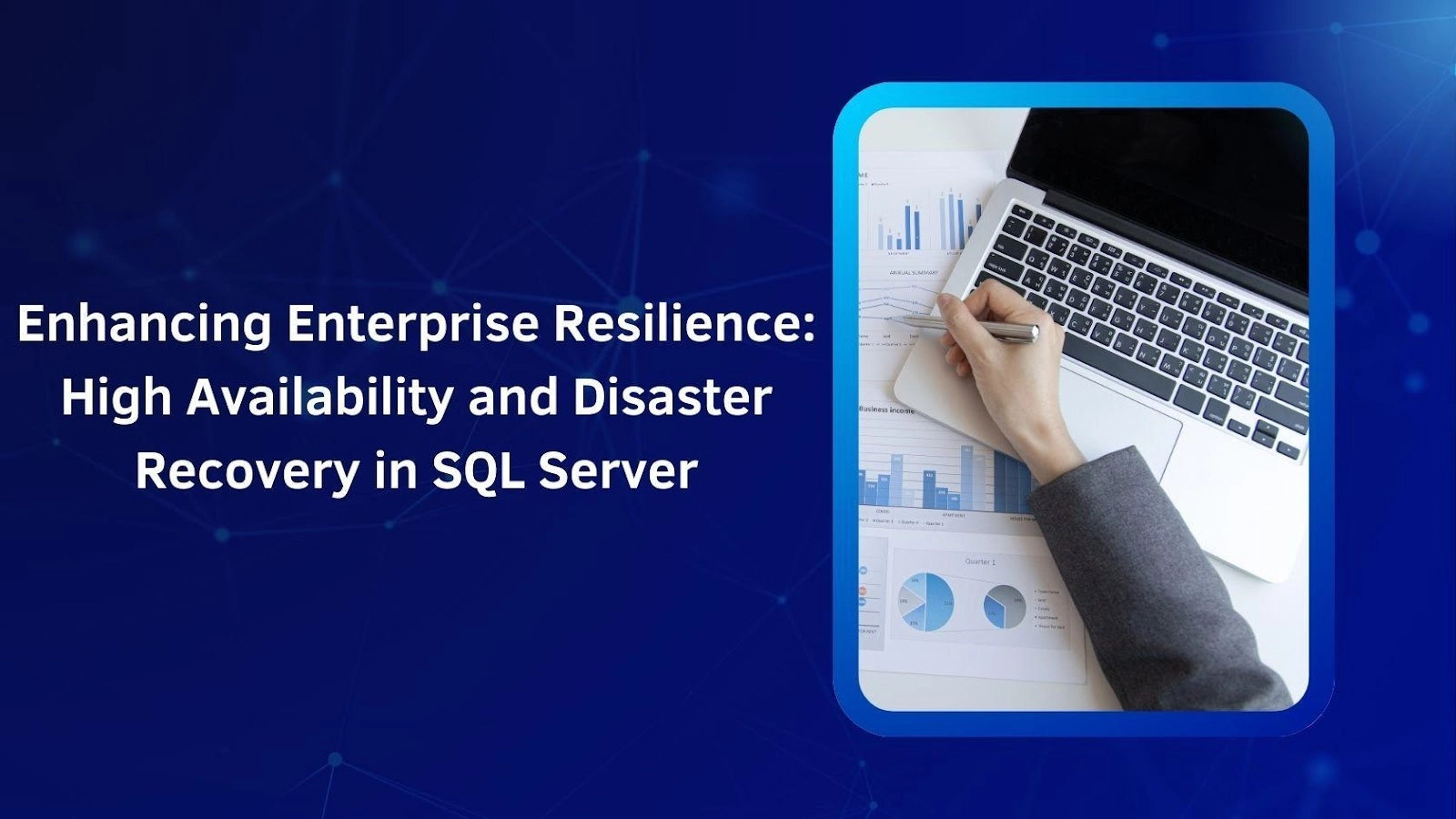In the current era of digital transformation, enterprises heavily depend on strong database infrastructures to maintain uninterrupted operations and protect critical applications from disruptions. Insights from Siva Kumar Raju Bhupathiraju highlight advancements in SQL Server’s high availability and disaster recovery solutions, particularly through Always On Availability Groups and Failover Clustering. His analysis serves as a guide for IT professionals aiming to optimize database resilience.
The Architecture Behind High Availability
SQL Server achieves high availability through sophisticated clustering and network setups that ensure database continuity. Central to this is Windows Server Failover Clustering (WSFC), which manages failover across multiple nodes for seamless transitions during failures. Modern Windows Server versions enhance this with features like Dynamic Quorum and Dynamic Witness, which adjust voting rights automatically even with nodes offline, thereby improving fault tolerance. This dynamic management minimizes cluster failure risks, helping organizations maintain high availability and database reliability.
Always On Availability Groups: A Game-Changer
Always On Availability Groups enhance SQL Server’s high availability capability by offering database-level protection with multiple secondary replicas. Organizations can select between synchronous and asynchronous replication modes, balancing data consistency and performance. Synchronous mode ensures zero data loss but introduces slight transaction latency, whereas asynchronous replication enhances processing speeds across various locations, allowing enterprises to tailor their database strategies accordingly.
Optimizing Network Infrastructure for Availability
Optimizing network infrastructure is vital for high availability. Synchronous Availability Groups demand ultra-low latency, ideally below 10 milliseconds, prompting organizations to create dedicated high-availability networks that segregate transactional data from client traffic. Utilizing Jumbo Frames (MTU 9000) significantly reduces transaction latency by up to 12%, thus enhancing data synchronization efficiency and making failover more seamless.
Failover Clustering: Enhancing System Redundancy
Failover clustering boosts system redundancy, ensuring continuous availability. Well-configured shared storage solutions, including Storage Spaces Direct and Azure Shared Disks, help minimize downtime during node transitions. Effective quorum models like Node Majority and File Share Witness enhance cluster resilience, ensuring quick recovery in multi-subnet environments.
Disaster Recovery: Preparing for the Unexpected
To safeguard against large-scale failures, enterprises must adopt multi-region deployment strategies. Effective disaster recovery planning involves setting precise Recovery Time Objectives (RTOs) and Recovery Point Objectives (RPOs) tailored to business needs. Leveraging hybrid cloud strategies, such as Azure Site Recovery in conjunction with SQL Always On, can enhance resilience at a lower cost. Routine automated testing of disaster recovery plans increases preparedness and minimizes recovery response times.
Performance Optimization: A Continuous Endeavor
High availability strategies for SQL Server must not compromise performance. Advanced monitoring tools help track key performance indicators such as transaction delays and replication lag. Organizations employing proactive monitoring can detect potential outages significantly faster—up to 87% quicker—than those using reactive methods. Additionally, integrating all-flash storage solutions enhances transaction throughput, reducing log shipping delays considerably.
In conclusion, as the IT landscape evolves, enterprises must continuously refine their high availability and disaster recovery strategies to ensure business continuity. By implementing strategies like Always On Availability Groups and Failover Clustering, organizations can reinforce their database resilience, keep downtime to a minimum, and protect vital data. Proactively integrating cloud solutions and performance optimization techniques will help future-proof SQL Server environments. As emphasized by Siva Kumar Raju Bhupathiraju, businesses that invest in robust high-availability architectures can achieve operational excellence and drive growth in an increasingly digital world.
